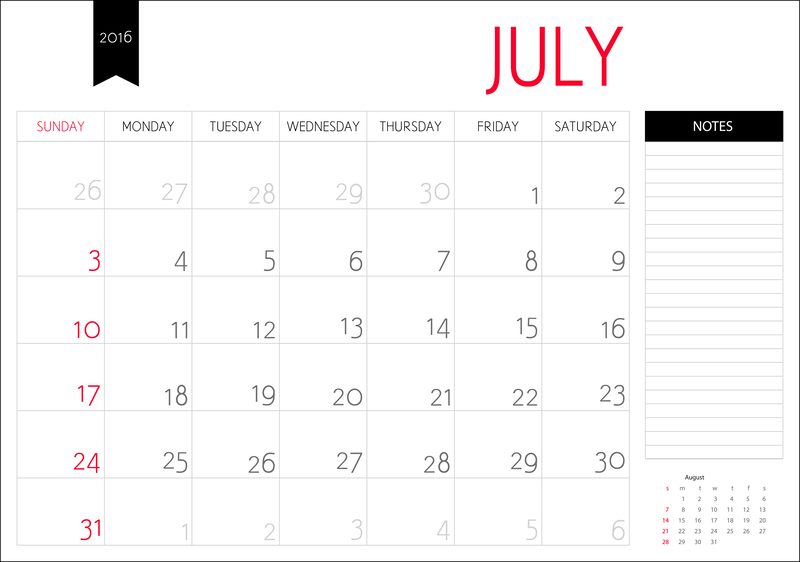How to Prioritize Packing Tasks for a Smooth Transition
Preparing for a move, whether it's across town or across the country, can be a daunting challenge. Packing efficiently and methodically is key to minimizing stress and ensuring a seamless relocation. In this article, you'll discover comprehensive, SEO optimized strategies on how to prioritize packing tasks for a smooth transition. These expert tips will help you organize your move and guarantee everything arrives safely at your new home.

Why Is Prioritizing Packing Important?
Packing for a move isn't just about placing items in boxes. Prioritizing packing tasks helps you remain organized, avoid last-minute chaos, and reduce the chances of forgetting important belongings. When you strategically plan your packing process, you can also save time, energy, and money--in addition to minimizing disruptions to your daily life.
Benefits of an Organized Packing Strategy
- Less Stress: Following a clear plan decreases decision fatigue.
- Better Efficiency: Knowing what to pack--and when--saves valuable time.
- Reduces Risk of Damage: Carefully prioritized packing helps protect your valuables.
- Improved Unpacking: Arriving at your new home with an organized move-in process.
Step-by-Step Plan on How to Prioritize Packing Tasks
1. Create a Comprehensive Packing Timeline
Begin by developing a moving and packing calendar. A realistic schedule helps you stay on track and prevents being overwhelmed as moving day approaches.
- Start Early: Ideally, begin packing at least six weeks before the move.
- Break Tasks into Weekly Goals: Assign specific areas or categories to each week.
- Adjust Timeline As Needed based on your personal circumstances and the size of your home.
2. Assess and Declutter Each Room
One of the first priorities in the packing process is to sort and declutter. Reducing your overall volume before packing saves time and resources.
- Separate Belongings: Create piles for items to keep, donate, sell, or toss.
- Go Room by Room: Systematically work through your home for thoroughness.
- Be Ruthless: If you haven't used something in over a year, consider saying goodbye.
3. Gather Packing Supplies Efficiently
Next, ensure you have all necessary moving supplies before you start packing. This avoids interruptions and allows continuous progress.
- Sturdy boxes in different sizes
- Packing tape and dispensers
- Bubble wrap and packing paper
- Labels and permanent markers
- Specialty containers for valuable or fragile items
4. Identify and Pack Non-Essential Items First
Think seasonally and functionally when identifying non-essentials. These are items you rarely use or won't need until after the move.
- Out-of-season clothing and shoes
- Books, collectibles, and decor
- Rarely used kitchenware (e.g., holiday platters)
- Archived paperwork
- Extra linens and towels
5. Create a Prioritized Packing List for Each Room
A tailored room-by-room checklist helps keep you organized.
- Living Room: Pack artwork, books, and electronics you rarely use. Save TVs and couches for last.
- Kitchen: Box up specialized gadgets and dishware, but leave out essentials like coffee makers or daily dishes until moving day nears.
- Bedrooms: Pack off-season clothes and shoes first, followed by lesser-used accessories and furniture. Keep everyday clothing accessible.
- Bathrooms: Pare down and keep only daily toiletries. Box up excess supplies and medications near moving time.
- Home Office: Safeguard important documents in a clearly labeled, secure box. Pack up old files and books early.
- Garage/Basement: Store garden tools, sports equipment, and seasonal gear in labeled bins for easy identification later.
Efficient Packing Order: What to Pack and When
Start with the Least-Used Spaces
Begin with storage areas, guest rooms, or the attic. These spaces contain items not regularly needed, making them ideal for early packing. This approach clears out entire areas and provides additional storage for already packed boxes.
Pack Decorative and Sentimental Items First
Decorative accessories, artwork, and mementos are typically non-essential. Carefully wrap and store these items early in the process to prevent accidental damage as moving day approaches.
Pack Seasonal Clothing and Equipment
*a href="main keyword: packing priorities" Non-seasonal wardrobes (like heavy winter coats during summer) and equipment (beach gear, skis) can be packed away in advance, helping you manage space and reduce last-minute disruptions.
Leave Daily Essentials for Last
Essentials are belongings you use on a daily basis. Wait until just before moving day to pack:
- Everyday clothing and shoes
- Kitchens basics (pots, pans, dishes)
- Personal electronics and chargers
- Bedding and a few towels
- Toiletries
- Pet necessities
Don't Forget Important Documents and Valuables
Always pack passports, medical records, and vital documents separately and keep them with you. Jewelry and other valuables should be transported personally rather than in the moving truck, guaranteeing their safety.
Tips for Keeping Your Move Organized and Stress-Free
Label Boxes Clearly and Consistently
Every box should be labeled with its contents, destination room, and handling instructions (like fragile or this side up). Use color-coded labels or stickers to streamline sorting both for you and your movers.
Maintain an Inventory List
Create a digital or written inventory of boxes and their contents. This not only helps during the move but also facilitates successful unpacking afterward. Consider taking photos of high-value items for insurance purposes.
Disassemble Furniture in Advance
Save time and prevent last-minute scrambling by taking apart bulky furniture a few days before the move. Keep hardware labeled in plastic bags and tape them to the furniture itself.
Set Aside a "Last-Minute" Box
As moving day arrives, have a box or bag available for collecting any overlooked items. This catch-all will help you avoid forgetting critical belongings like phone chargers, prescription medicines, or pet food.
Dealing with Special Packing Challenges
Packing Fragile or Oversized Items
Fragile belongings need extra attention. Wrap them thoroughly and label them clearly. If you have items like pianos, artwork, or large mirrors, consider professional packing services to avoid damage.
Packing with Children or Pets in Mind
When moving with young kids or animals, pack their favorite toys and supplies last for easy access. Set aside a special bag or box for their comfort items during the transition.
Managing a Downsizing Move
If you're moving to a smaller home, prioritize eliminating duplicates and unnecessary furniture. Focus on multi-purpose items or those offering storage to maximize your new space.
Essential Packing Priorities Checklist
- Declutter and donate unwanted items
- Secure packing supplies ahead of time
- Begin with the least used rooms and belongings
- Pack common and essential items last
- Prepare an inventory for each box
- Clearly label boxes by contents and room
- Set aside personal documents and valuables
- Pack a "First Night" essentials kit

Frequently Asked Questions: Packing Priorities for a Smooth Move
How far in advance should I start packing?
Six to eight weeks ahead of your move is ideal for larger homes, while smaller apartments may require less time--typically three to four weeks.
Should I hire professional packers or do it myself?
This depends on your timeline, budget, and the amount of fragile or valuable items. Professional packers can save time and ensure safety but come at added cost. For many, a blend of self-packing and professional help for specific items works best.
What should I not pack until moving day?
Daily kitchen appliances, personal electronics, toiletries, bedding, medications, and children/pet items should remain out for as long as possible and be packed last.
In Conclusion: Achieve a Seamless Transition with Smart Packing Priorities
Understanding how to prioritize packing tasks for a smooth transition means taking a logical and personalized approach to moving. Clear schedules, decluttering, gathering supplies, and packing by importance and frequency of use will minimize stress, protect your belongings, and ease the process of settling into your new home. With preparation and the right plan, your move can be both efficient and enjoyable--making your new beginnings truly exciting!